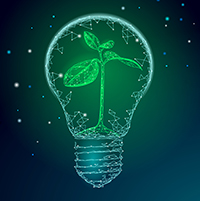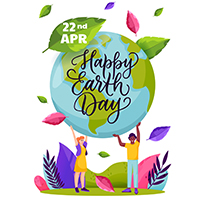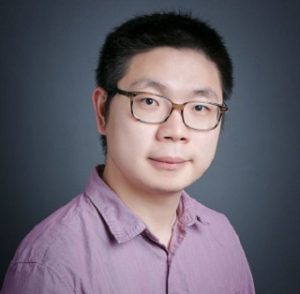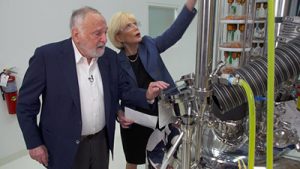 The US Department of Energy (DOE) recently announced $15 million for fundamental research or early-stage technology development of new bioimaging or sensing approaches that use quantum phenomena.
The US Department of Energy (DOE) recently announced $15 million for fundamental research or early-stage technology development of new bioimaging or sensing approaches that use quantum phenomena.
Supported efforts will advance research on plant and microbial systems relevant to bioenergy and environmental research. Projects will explore quantum science concepts that promise to enhance image resolution and provide new ways for repetitive imaging to detect fragile samples without damaging them, produce cleaner pictures, and use light beyond the visible range to see unknown features of biological shape and movement. (more…)





 Join
Join 


 Urban air pollution in the U.S. has been
Urban air pollution in the U.S. has been